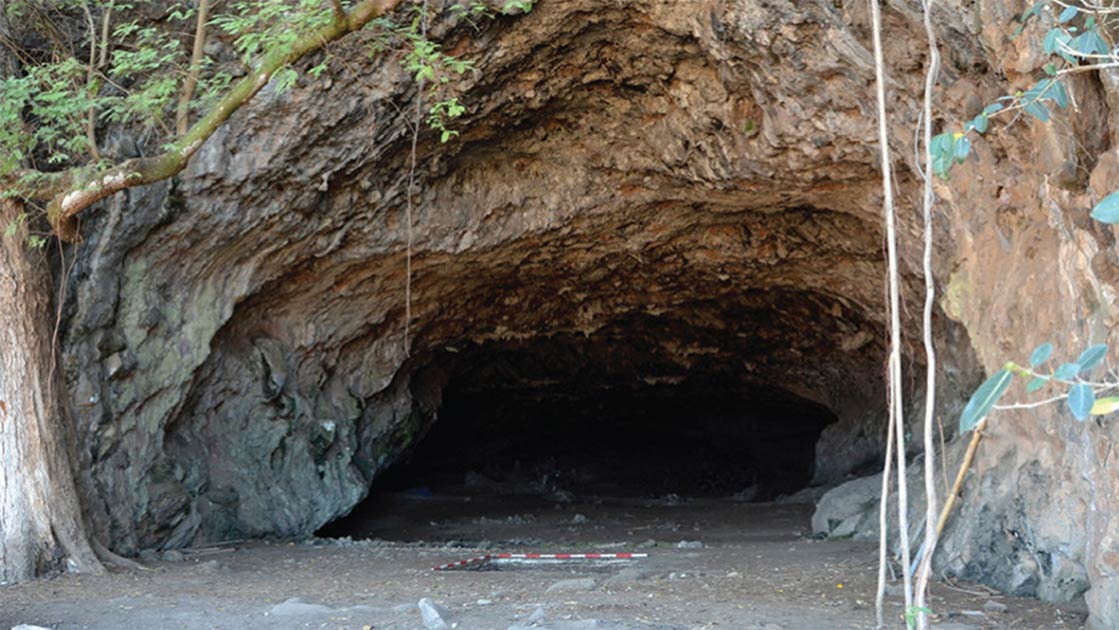
Leucistic American Robin (Amy Evenstad, ) I wonder where the line is drawn between a noticeable colour variant or morph in a bird and an obviously pigment-abnormal, leucistic bird where the incidence and extent of the condition seems to be random.Ī fine example of a ‘pied’ American Robin, an occasional visiting species on Abaco I’ve seen it described as a ‘gray morph’. However this bird clearly retains the essential markings of a normal pintail that you might expect to be absent (at least in patches) in the ‘true’ leucistic bird. These are said to be a leuchistic variant, and they are stocked by poultry dealers as ornamental ducks at a higher price than the much-loved standard brown version. The second photo shows the same bird on dry land. In the first picture, bottom right, there is an obviously an ‘odd’ pintail, silvery rather than ruddy brown like the rest of them (and yes, I do see the coot in the pack as well…). First, here’s a pintail that is undoubtedly leucistic – note that the eyes and beak are unaffected by pigmentation deficiency:īut not all pale variants can be so confidently labelled. I have found more examples of leucism in the ‘Bahama Duck’ than any other local species on Abaco. Sometimes the variations go beyond the usual range: this is a leucistic birdĪ leucistic common gallinule (moorhen) on AbacoīAHAMA (WHITE-CHEEKED) PINTAIL: A PIGMENT PUZZLE The species is known for its wide colour variations in both sexes. The condition can be inherited.Ī mallard on Abaco. At one extreme, if all pigment cells fail, a white bird will result at the other extreme, pigment defects cause patches and blotches of pale or white on the bird, often called a ‘pied’ effect. The eyes of a bird with leucism are unaffected. In birds this results in unnaturally light or white colouring of feathers that may be partial or entire. Leucism is caused through pigment loss involving many types of pigment, not just melanin. Put simply, melanin is only one of many ingredients of pigmentation.


One characteristic of the condition is the tendency to pink eyes, which of course is seen in humans as well as animals and birds. It is not albinism, which results from diminished or lost melanin production that affects pigmentation. Yet it’s just a normal TUVU in the Florida Keys, living a normal vulturine life.Ī leucistic Western Spindalis discovered on Abaco by birder Keith Kempįirst, what it is not. I’d be very surprised if the fine turkey vulture in the header image didn’t make you look twice – maybe even to check if some devious photoshop trickery had been at work. Whichever, a bird affected by leucism stands out from the crowd – out of the ordinary and therefore startling to the eye. Leucistic Turkey Vulture (Amy Evenstad, ) A WHITER SHADE OF TAIL? LEUCISM IN BIRDSĪnd not just the tail*.


 0 kommentar(er)
0 kommentar(er)
